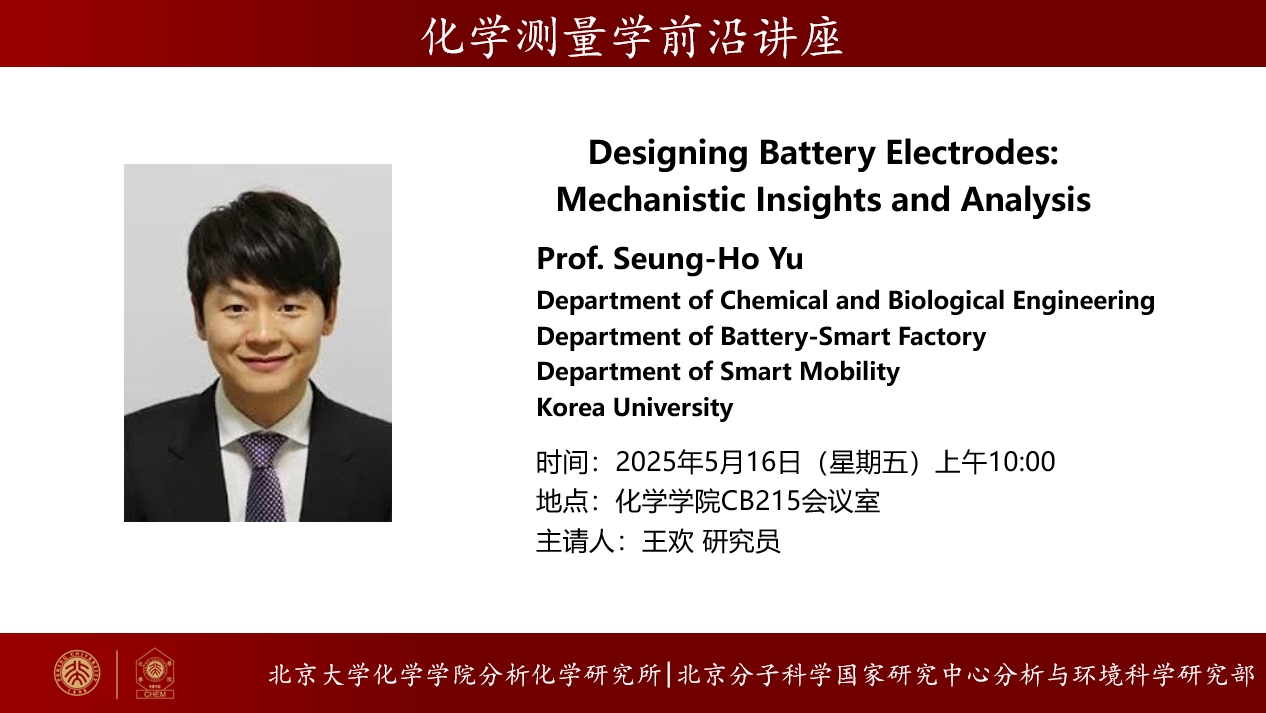
Abstract
Lithium-ion batteries (LIBs) have long been the dominant choice for energy storage in applications ranging from portable electronics to electric vehicles. However, as the demand for higher energy density continues to grow, LIBs are approaching their performance limits. This has driven the urgent pursuit of alternative battery technologies capable of surpassing current energy storage capabilities. A key challenge in advancing these next-generation systems lies in the complexity of their electrochemical reaction mechanisms, which remain poorly understood. This presentation will explore the reaction mechanisms of post-Li-ion batteries using operando imaging techniques. Particular emphasis will be placed on lithium metal anodes, which offer significantly higher theoretical specific capacities compared to conventional materials. Despite their promise, the intricate and dynamic nature of their reaction pathways presents substantial barriers to practical implementation. To address this, operando X-ray microscopy is employed to visualize the real-time morphological evolution of electrode materials during battery operation. By directly observing structural and compositional changes as they occur, this approach provides critical insights into the mechanisms governing battery performance and degradation. These findings contribute to the rational design of more efficient and reliable next-generation energy storage systems.
Biography
Seung-Ho Yu received his B.S. in 2008 and Ph.D. in 2013 from Seoul National University. He started his independent career as a researcher in Seoul National University from 2013-2014. In 2014, he moved to Institute for Basic Science (IBS) (2014-2015). After four years at Cornell University and two years at Korea University, he became an associate professor of the Department of Chemical and Biological Engineering in Korea University in 2021. Seung-Ho’s research focuses on mechanistic studies of rechargeable battery electrodes using operando synchrotron X-ray based methods, and in-situ/cryogenic electron microscopy. He is also interested in designing and developing new materials at the nanoscale level to be applied to electrochemical devices. These include but are not restrained to electrodes in secondary batteries and electrocatalysts for the oxygen reduction reaction in fuel cells.